Has the market forgotten the sports sedans that dominated the ’90s and ’00s?
If you leaf through a pile of car magazines from 20-or-so years ago, scarcely an issue will go by without some news from the flourishing sports sedan segment. Comparison tests pit BMW’s 3-Series against the latest up-and-comer. Japanese brands took the step from economy cars to viable sports-luxury alternatives and began to legitimately thrive. Jaguar and Saab offered their own niche takes. And what’s this about Cadillac making a pivot to lively cars that handle?
Fast forward to today, and turn-of-the-century cars like the Mercedes-Benz C-Class, Audi A4, and Lexus IS300 haven’t taken to the collector world with quite the same gusto as when they initially debuted. Though many of them, even in base or mid-tier trim, excelled as driver’s cars and wore their manufacturer’s clearly defined character on their sleeves, collectors have largely ignored them until recently, instead focusing on top-line badges like M, AMG, S, or V. The rest can be had for a comparative song (but that may slowly be changing).
There are entirely logical reasons for this. First and foremost, these cars were designed to be fun appliances, not collector’s items. People enjoyed them (many via lease), and they often fell into disrepair in subsequent ownership, something Rob Sass refers to as “third owner syndrome.” As a consequence, finding a solid example may take patience and diligence.
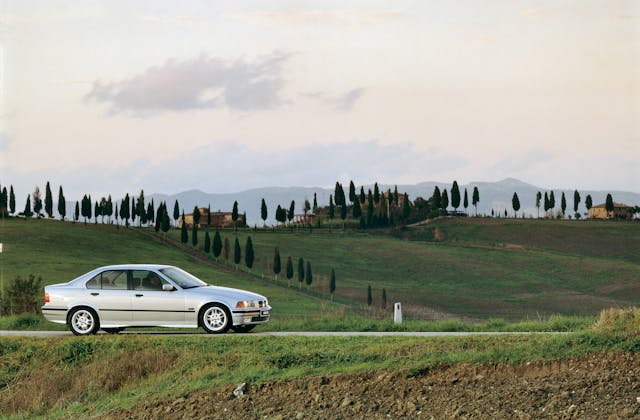
What’s more, when a driver’s car becomes more affordable, the urge to take it to the track gets stronger. Go to any amateur track day, budget endurance race, SCCA or NASA weekend, and you’ll suddenly discover where all the E36-generation BMWs went. Head to a drift event and you won’t miss the distinctive sound of a Nissan VQ engine generating tire smoke from under an Infiniti G35’s fenders.
Still, there are good, older sports sedans out there in an array of flavors. In order to understand the extent of enthusiast interest in this segment, we cast a wide net over contenders from multiple continents and manufacturers. And because many of these vehicles are not tracked in the Hagerty Price Guide, we relied on average quoted value taken across model variants (for example, the data below for the C-Class Mercedes includes the base cars as well as AMG trims—the same goes for performance versions of Audi, BMW, and Cadillac).
As modern enthusiasts pine for more driving engagement and personality, cars from the 1990s and and 2000s (which generally have a more analog feel than new cars but also have modern performance and reliability) have seen an uptick in popularity, and the last few years have mostly been good to sports sedans as a result. Overall collector interest in this list of cars is up 38 percent, and quoted values are up 14 percent since January 2021.
It’s not surprising that the German brands, which were the segment’s sales leaders since its inception, make up the lion’s share of the interest from buyers calling for quotes, with BMW’s 3-Series leading the way at 36 percent and the Mercedes-Benz C-Class coming in at 24 percent of the cars sampled here. Interest in the baby Benz is up 4 percent in the last three years, while the BMW has tapered 2 percent over the same period.
Despite the popularity of the C-Class—and the inclusion of AMG variants—the model’s value is only 11 grand. This illustrates that even the performance trims of the C-Class see heavy depreciation; within our data, these cars have seen their average value drop 7 percent since January 2021.
Audi and Cadillac are the best of the rest as far as popularity, at 10 percent and 9 percent of inquiries, respectively, with all other brands at or below 5 percent. That the Cadillac’s value tops the list is likely influenced by strong values for its V models. The inclusion of the first- and second-gen CTS means it’s the model with the newest (at 10 years old) vehicles within the data set.
As we have covered in some notable sales, Saabs are on the rise. The Saab 9-3 makes up a small portion of the collector sports sedan market, but the values for ones we are seeing are increasing. Since January 2021, they are up 26 percent.
Jaguar’s results are a mixed bag, with the more traditional and larger XJR seeing a 10 percent bump in average quoted value over the last three years, while its smaller S-Type and S-Type R are treading water with 1 percent decrease over the same time period. Like the Cadillac, the XJR is on the heftier side of cars in this group, but sports sedans mean different things to different buyers, and the last of the old-design big cats certainly has enthusiast appeal.
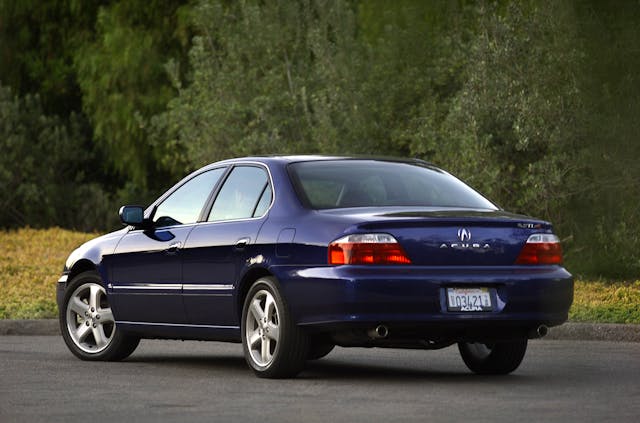
Similarly, while Supras, Integras, and other sporty nameplates have skyrocketed, Japanese sports sedans have been met with varied interest from today’s enthusiasts. Quoted values of the Acura TL and Lexus IS300 are both up, but the Infiniti G35 and G37 have receded dramatically, to the point where the average value of a first-generation Miata is higher than that of a G35.
To an extent, these quoted values reflect the quality and condition of the cars coming to market, but they also demonstrate that there’s ample opportunity to get into a car with personality and practicality at a relatively reasonable price. As ’90s sports cars get snatched up by folks looking for a taste of the last “analog” era, these sports sedans are likely to get more attention. Regardless of the degree of sport you prefer in your four-door, this segment has something that fits your needs, and at a lower price than other collector cars of the era. For now.
***
Check out the Hagerty Media homepage so you don’t miss a single story, or better yet, bookmark it. To get our best stories delivered right to your inbox, subscribe to our newsletters.

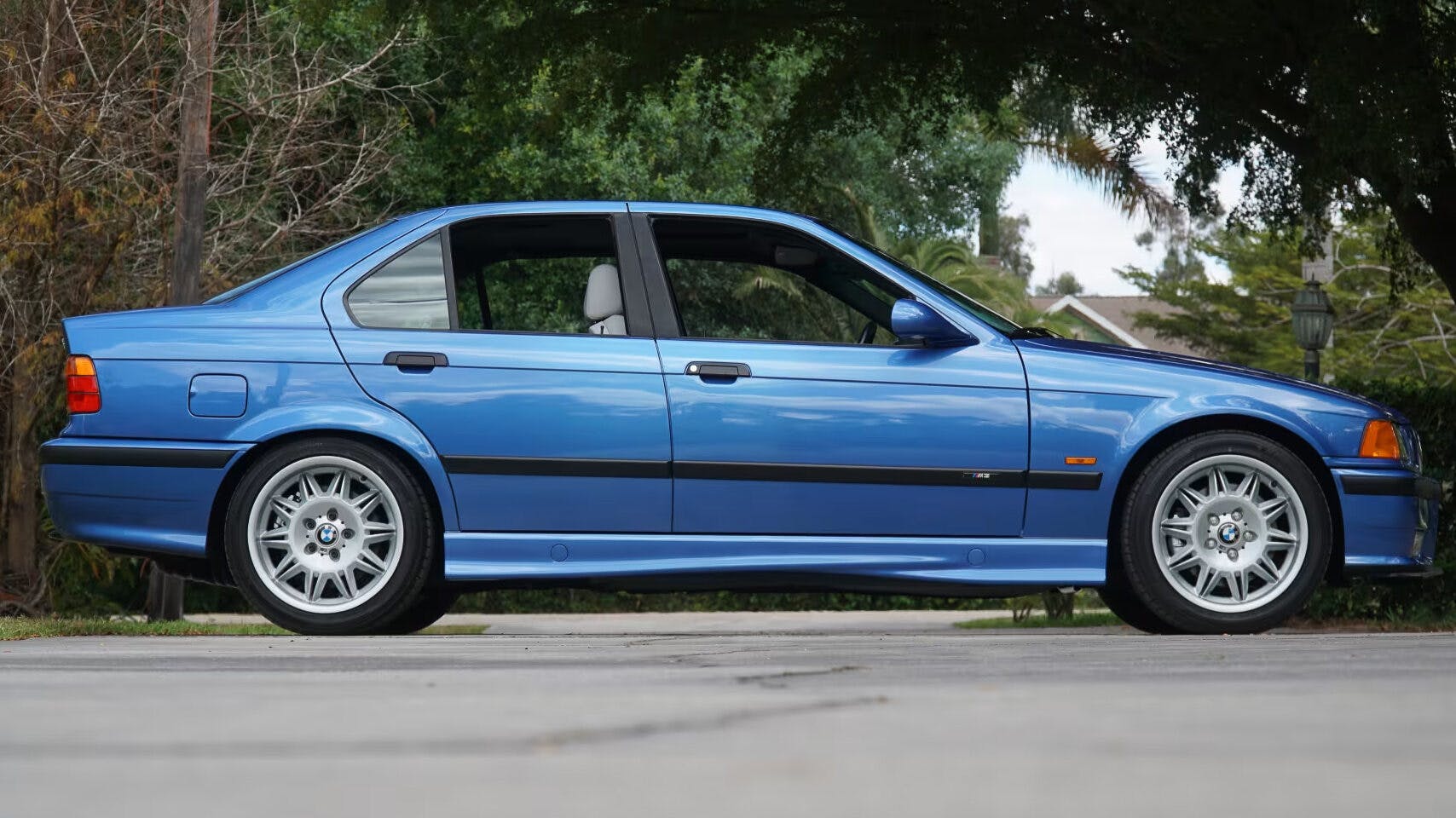

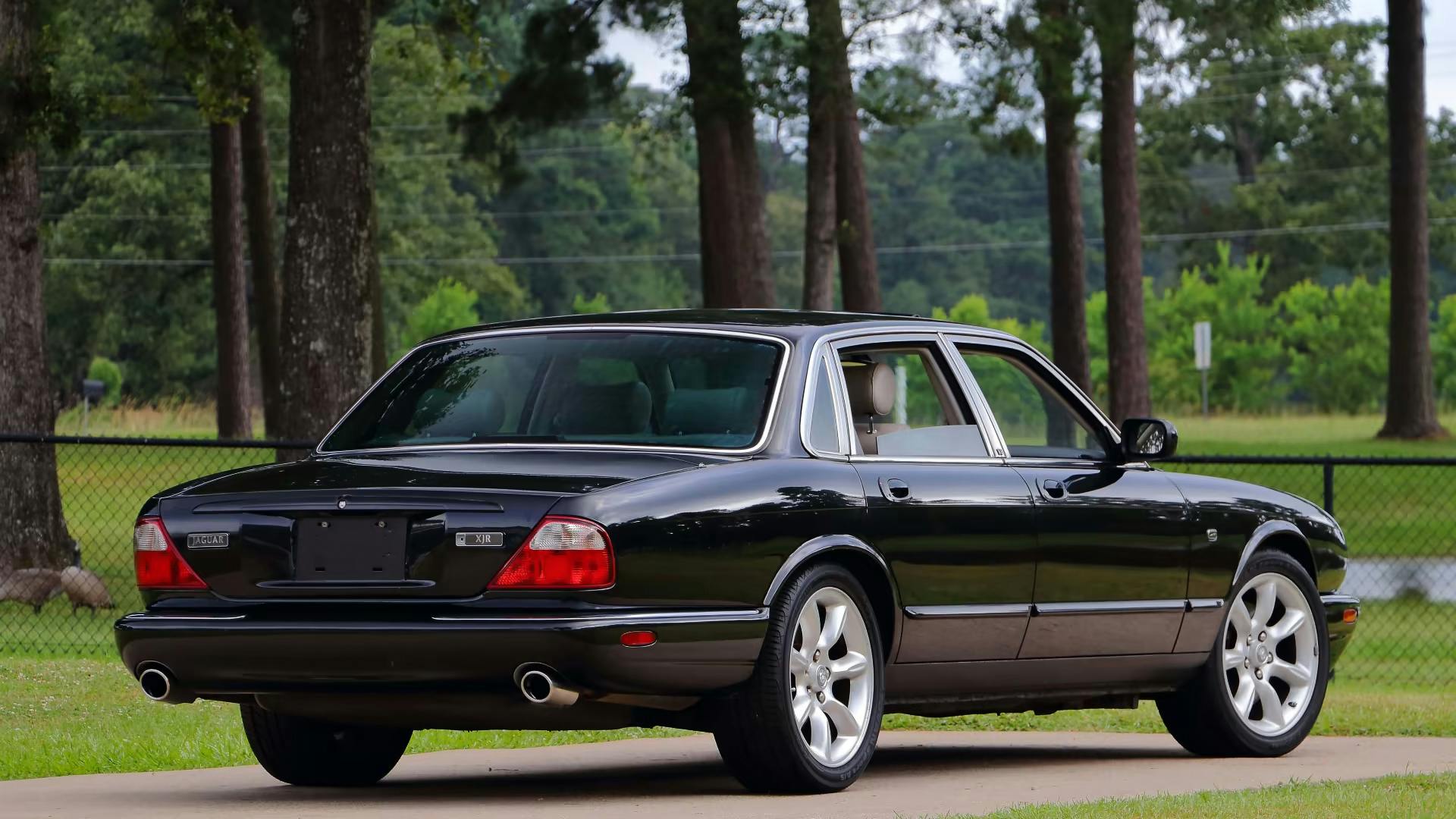
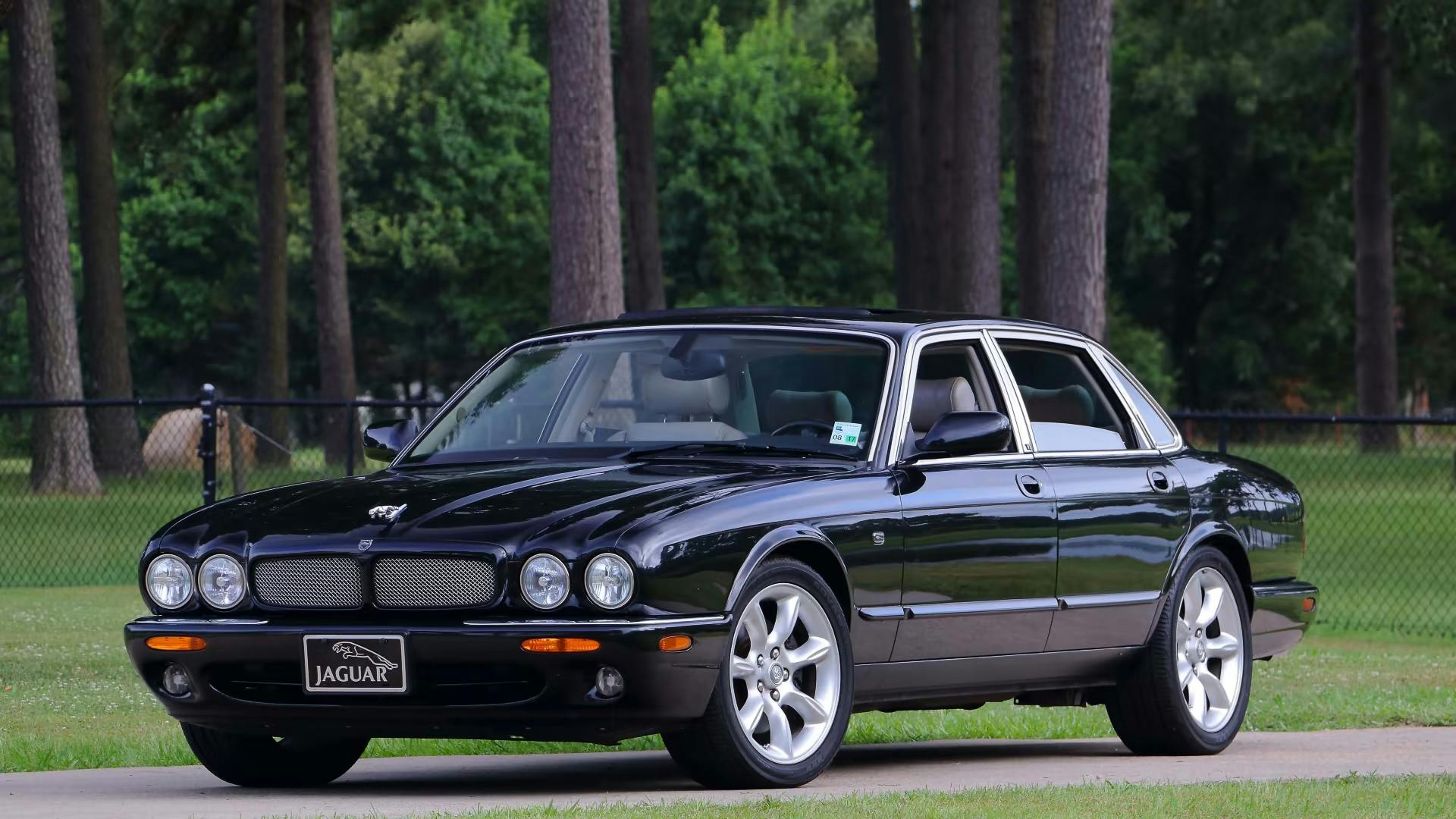


We remember but these cars today are not as sporty as even most average sedan or some SUV models today. Power gains since then have made these cars like the others a bit less than what they once were.
My regular Acadia in sport mode and 310 HP would keep pace or pass many of these model from back then.
I think we’re missing the point. Every crossover and NPC-mobile made today is faster than all these cars. What they all lack now is the analogue characteristic combined with the nimble and athletic nature. Power was never what made these significant, it was the balance and charming driving character.
SUV’s are a marketing scam and there’ll never be one in my garage. I love these classic sports sedans, missing my E30 325iS.
Scam?
Hyperv6- maybe you have a point for straight line acceleration, but your Acadia will lean through the turns where as the cars will corner flat. I’m afraid I don’t see how a high profile SUV, many still built like trucks will ever be a good substitute for a good performance sports sedan.
That may be true, but a base model Audi or BMW with a manual will be way more engaging and fun to drive. It’s not all about horsepower.
Also, following your line of reasoning regarding power, these cars have more power than their predecessors from the 80’s, at significantly lower cost.
I would say they are a fairly appealing option given the blend of analog and modern quality enhancements.
Exactly and the BMW 3 series E-36 fits the bill very nicely.
Not an AMG E55 “The Beast” my friend. It came with a $70K hand built super charged race engine in E Class body, which started the high performance sedan competition. Think DTM for the street, the ultimate Sleeper.
Would love to find a cherry 90-95 SHO manual. They all got beat into the ground by the third owner sadly
I had a 1990 SHO (they were all manual at the time). What a smoking fast sleeper car, I loved it!
Not ALL:) I have a pristine 1995 5-speed.
saw one last night driven by some meth’d out door dash driver. rear passenger window smashed out and taped with a garbage bag and his partner was chain smokin’ in the passenger seat. Car was barely running. Broke my heart.
I had 2 SHO’s, a high strung, low option 89 and a loaded 91 Plus model. Both had their gremlins(brakes, transmission and clutch) but compared to Mustang 5.0’s of the day the SHO would run away from them. SHO’s were light(for a sedan at the time), handled great and the looks were incognito, which I really liked. I occasionally browse interweb sites looking for one but they are very hard to find, let alone it good shape. Most 6 cylinder cars made today would outrun it but the fun to drive factor was way better than many cars being made today.
Of the 8 1990-1999 sedans currently for sale in a 100km radius of my address none of them are on this list.
For coupes there is 15, ranging from $10K Firebirds and Preludes, $50k ZR1 vettes, and even a $200k Ferrari.
Jump the search radius to 250 km and their is over 100 of each body type. The pricing does match the article in that the average price range of the coupes is $25k to $50k whereas most of the sedans are under $25k …but again, almost none of the listed sedans are what is offered.
Aftermarket support varies greatly for 70s and later vehicles. Mustang you are probably good for just about anything, I suspect you better “have a parts person” or parts car for many other things.
The IS 300 wagon was cooler than the sedan. The sedan was good for it’s time.
its hard to find a is300 sedan or wagon. they were seriously good cars.
I switched over from older US muscle cars when these German sport sedans became such a tremendous value for the money. If you look carefully at certain models, such as the 90’s Mercedes C43 AMG, you can find a tremendous, balanced performer at a bargain price, with a V8 rumble to boot, in a package which is bulletproof in reliability, with most of the modern accessories for a comfortable, climate-controlled drive. Time has shown how well-built the C36/C43s were — many folks have driven them for several hundred thousand miles on the original powertrain by now. Which by the way, was hand-assembled, with speed parts, just like the newer ones are. Pennies on the dollar, for what you get. While once relative available, the good ones are vanishing fast. If you can find one that’s stock, with decent service records, grab it now, before the rest of the collectors realize it. I’m a fan, that’s for sure. See you on the twisty backroads somewhere!
Not much mentioned of the American sedans- Sold in 1991 and 1992, the Dodge Spirit R/T had a quarter-mile time of 14.5 seconds at 97 mph and a top speed of 141 mph, making it the quickest four-door sedan sold in the United States (the fastest mass-produced four-door sedan in the world. Two cars sold only in Europe might have been faster: the handmade BMW E34 M5 and Alpina B10, selling for the equivalent of $59,905 and $109,500, respectively.
Sorry….the SHO was faster. AND more importantly, it wasn’t a K car.
Actually, per the Car & Driver March 1991 issue’s test, the SHO ran 0-60 in 6.6 seconds, while the Spirit ran 5.8. The spread in seconds was greater at 0-100. The Spirit really was a giant-killer, even if it was a bit boxy.
The engines of cars from this era are not as powerful (turbos were rarer) but I find that the sports sedans of this era tend to be smaller, engaging and fun to drive. I have 2001 BMW 330i and 2015 M3, both manuals, and often find it is more fun to drive the slower 330i fast than the faster M3 slow. The M3 is as big as the old 5 series, and I generally find smaller, lighter cars are more fun to drive. I can also do a lot of work myself on the 2001 model, which I bought new and let my son drive while he was in school, and now have it back. It has been enjoyable lightly restoring the car while being able to daily drive it. I have had no issue finding parts, and YouTube is replete with videos on how to maintain and repair BMWs and other cars of this era.
I am surprised that this article did not include the BMW E39 5 Series. Auction prices for E39 530i and 540i models have been slowly but steadily increasing in the last year – particularly if they have manual transmissions. I get what Paul said above about smaller lighter being more fun but the driving performance of the E39 5 Series is pretty amazing for a vehicle that size and weight and it is far more comfortable for longer distance cruising. I have owned both 3 and 5 Series over the years and prefer the E39 sedans for real world every day driving. The E39 also does not suffer from rear chassis cracking and tearing like a significant number of 3 Series have.
What happens when the computers/electronics fail in these?
SCRAP!
I loved the 4 door performance sedans of that time. I enjoyed a BMW 330 ZHP but my all time favorite was a MB C55 AMG. Both RIP due to rear end collisions in Atlanta daily commutes.
Once Cadillac found its own design language and went for performance special things happened. Look at the values versus their rivals which were much hyped in the day. “Time will tell” is the saying, and it certainly is for Cadillac. Those that came up with the edgy Cadillac design language and the ones who decided Cadillac would go performance sedan instead of hearse, deserve more recognition today.
I am surprised to see Cadillac mentioned. It always seems to be ignored. I am original owner of a 2006 CTS V with LS2 engine and 6 spd manual. It now has 170000km and still smells new. I only drive it in summer and usually on road trips. Last week I actually saw another driving down the road. I can’t remember the last time I saw another in the wild.
I have a 2006 STS-V. I wouldn’t exactly call it a sport sedan, but it’s fast and comfortable!
Anyone read articles on these ( mostly foreign cars) how problematic they were, how expensive repairs are, and now how parts for many are almost impossible to get. No thanks. I’m pretty much done with restoring older British and American cars. The aftermarket parts are so crappy and I’ll fitting that if Detroit had built them like this they would have been called a Yugo!
Ford made a really cool 4 door sedan in the 90’s with a 302 V8 and a 5 speed transmission. I would love to buy one if I could find one! Basically a 4 door Mustang
I have had a 2001 Acura CL-S bought new and now has almost 250,000 miles on it. Very nice handling, ride, etc. and Honda quality to boot. Basically, the Acura TL-S with only 2 doors.